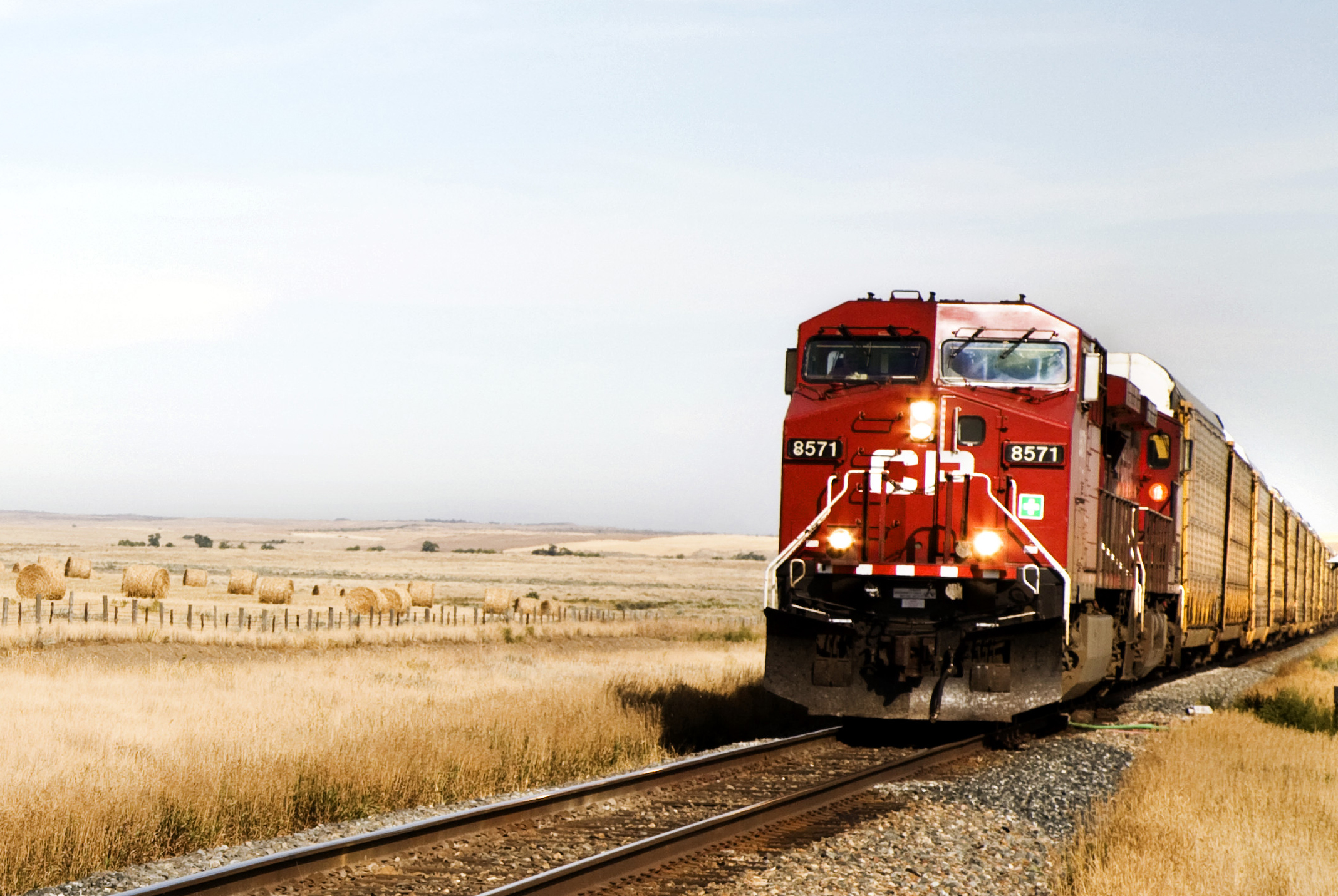Brazil
In Brazil, iron/steel exploration has always been favorable due to the minerals of Minas Gerais and the first mills began to develop after the arrival of the Portuguese royal family in Brazilian lands. However, the market began to develop even in the twentieth century, with the industrial boom between 1917 and 1930.
In 1921, the Companhia Siderúrgica Mineira was created, which later became Siderúrgica Belgo-Mineira after joining the Belgian-Luxembourg industrial consortium A ARBEd-Aciéres Réunies de Bubach-Eich-dudelange. The 1930s saw a large increase in national steel production, encouraged by the growth of Belgo-Mineira, which in 1937 inaugurated the Monlevade plant, with an initial capacity of 50,000 tons of steel ingots per year. Also in 1937, the Barra Mansa steel company and the Companhia Metalúrgica de Barbará were formed. Despite this, Brazil remained very dependent on imported steels. This portrait was changed only in 1946 with the creation of the Companhia Siderúrgica Nacional (CSN), in Volta Redonda – RJ.
In the year 1950, when the plant was already operating with all its lines, can be taken as a milestone in a new growth cycle of the steel industry in Brazil. National crude steel production reached 788,000 tons and a phase of continued growth of steel production in Brazil was beginning. Ten years later, production tripled and ten years later, in 1970, 5.5 million tons were delivered to the market.
In the 1990s, the exhaustion of the model with a strong state presence in the economy was visible. In 1991, the process of privatization of the steel mills began. Two years later, eight state-owned companies, capable of producing 19.5 million tons (70% of national production), had been privatized. These privatizations have brought the expressive inflow of capital to the sector, in the most diverse equity compositions. Thus, the producers started to integrate industrial and/or financial groups whose interests in the steel industry were extended to related activities, or logistic support, aiming at achieving economies of scale and competitiveness.
With such a rich history, Brazil today has the largest steel industrial park in South America; It is the largest producer in Latin America and ranks sixth as a net steel exporter and ninth as a steel producer in the world.
Get to know the history of steel production and export in Brazil.





